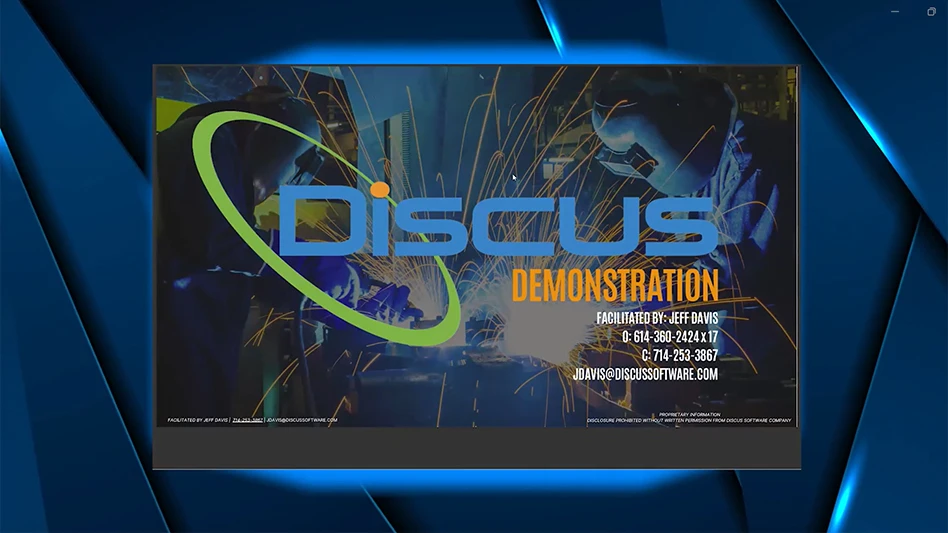
Militaries across the globe use diesel generators to power their resources in the battlefield and at their respective bases but these generators have disadvantages. Diesel generators produce smoke and heat signatures along with needing fuel from a complex and vulnerable supply chain. Transporting diesel fuel to remote areas for use in diesel generators poses significant logistical and security challenges for the military. The process is costly, time-consuming, and can compromise operational security by making military positions more detectable to adversaries. Diesel fuel increases vulnerability in hostile or inaccessible environments and potentially leads to operational delays.

NovaSpark Energy Corp. of Houston, Texas saw these disadvantages and used their military experience to help their friends generate power by introducing an atmospheric hydrogen generator which takes water from the air and converts it to hydrogen for onsite, on-demand energy generation for drones, ultra-light vehicles, and other resources used by the military.
The most practical use of hydrogen power currently in the military is drones and NovaSpark’s Chief Innovation Officer Lanson Jones believes hydrogen drones are the future.
“Most people don’t understand how little hydrogen you need because of the energy density,” Jones says. “You only need about 100-to-150 grams per hour of flight and both of the tanks they’re currently looking at, you’re going to see drones that can go 1,000 miles and carry 20 lb to 40 lb of payload.”

NovaSpark’s hydrogen generators also have advantages outside of the energy generated. The generators themselves are low maintenance, with no belts or oil changes, and very few moving parts along with requiring no carbon which tends to gunk up internal combustion engines. According to Jones, their hydrogen generators tend to last at least twice as long as diesel power, which lasts significantly longer than gasoline power.
Jones also says the education and safety concerns behind hydrogen power have greatly improved since the Hindenburg explosion and the Big Bang, the two most known hydrogen incidents in world history.
“We could put these solutions on base, and it allows them to scale their operations to run off hydrogen as well. We feel like we’re an opportunity.” ~Rick Harlow, CEO, NovaSpark
“There’s one type of tank that allows instantaneous absorption into the atmosphere, so even if it’s pierced, you’re completely fine, it’s not going to explode now,” Jones says. “The other ones are composite nano-materials with a graphene liner on the inside, so it doesn’t pierce through like a stainless steel and the brittleness on rocket engines. You have the advantage of technology developed now that’s rapidly coming down in price so we’re getting closer to price meets capability equals commercialization.”
Rick Harlow, CEO of NovaSpark, says they offer three basic configurations but have received military input when it comes to designing their hydrogen generators. One is a mobile closed-loop unit designed so it can be pulled on a specific military trailer by joint tactical light duty vehicles. They also have a smaller fixed application for up to 50kW and a megawatt application which can sit on the back of an 18-wheeler.
“We took a look at the way they operate and try to right fit it for their specific applications,” Harlow says.
The generators only require 20%-to-30% humidity in the atmosphere to start generating hydrogen, so they’ve been able to work even in the deserts of Afghanistan, but now with more military focus being shifted to the Indo-Pacific, the generators can provide power on any of the islands in the region.

“There’s plenty of humidity and there’s really no thermal heat signature to speak of,” Harlow says. “The military is operating in these austere environments, we’ve got the solution to give them the ability to reduce their supply chain, increase their reliability of energy, and make their own.”
While based in Houston, Texas, NovaSpark also has an R&D development facility in Monroe, Louisiana so they’ve been able to provide local jobs in Texas and Louisiana and provide a quick turnaround for orders. The manufacturing process takes between 6-to-12 weeks for a generator to get to the battlefield. The generators themselves also provide a quick turnaround as Jones says they can refuel drones within 3-to-5 minutes while topping out at 9 minutes to refuel an 18-wheeler. Hydrogen is also expanding its role in military operations as Hyundai unveiled a hydrogen-powered tank, more hydrogen-powered forklifts are being used in military warehousing operations, and NovaSpark is working with a Louisiana company to hopefully produce flying ultra-light hydrogen military vehicles. Harlow believes hydrogen could be expanded to power entire military bases as they’ve seen it happen along highways in the United States.
“We can put our hydrogen generation stations right next door to a regular gas station. It can supply hydrogen for hydrogen-powered vehicles and backup power for the gas stations. Much the same for the military,” Harlow says. “We could put these solutions on base, and it allows them to scale their operations to run off hydrogen as well. We feel like we’re an opportunity, we’re at an inflection point right now with the technology where whether you’re for oil and gas or not, it’s about the effectiveness of the military.”
“We feel like we’re an opportunity, we’re at an inflection point right now with the technology where whether you’re for oil and gas or not, it’s about the effectiveness of the military.” ~Rick Harlow, CEO, NovaSpark
NovaSpark Energy Corp.
https://www.novasparkenergy.com

Explore the January/February 2025 Issue
Check out more from this issue and find your next story to read.
Latest from Defense and Munitions
- #53 - Manufacturing Matters - 2024 Leaders in Manufacturing Roundtable
- Visual Components celebrates 25 years of simulation and programming software innovation
- Join us for insights on one of the hottest topics in manufacturing!
- Hive Systems Defense Solutions achieves C3PAO authorization
- Shield AI, L3Harris team for breakthrough in autonomy
- You can still register for March’s Manufacturing Lunch + Learn!
- Leonardo DRS receives $45 million U.S. Navy commitment to bolster US submarine industrial base
- Teledyne FLIR Defense wins $15 million contract for Black Hornet 4 Nano-Drones





